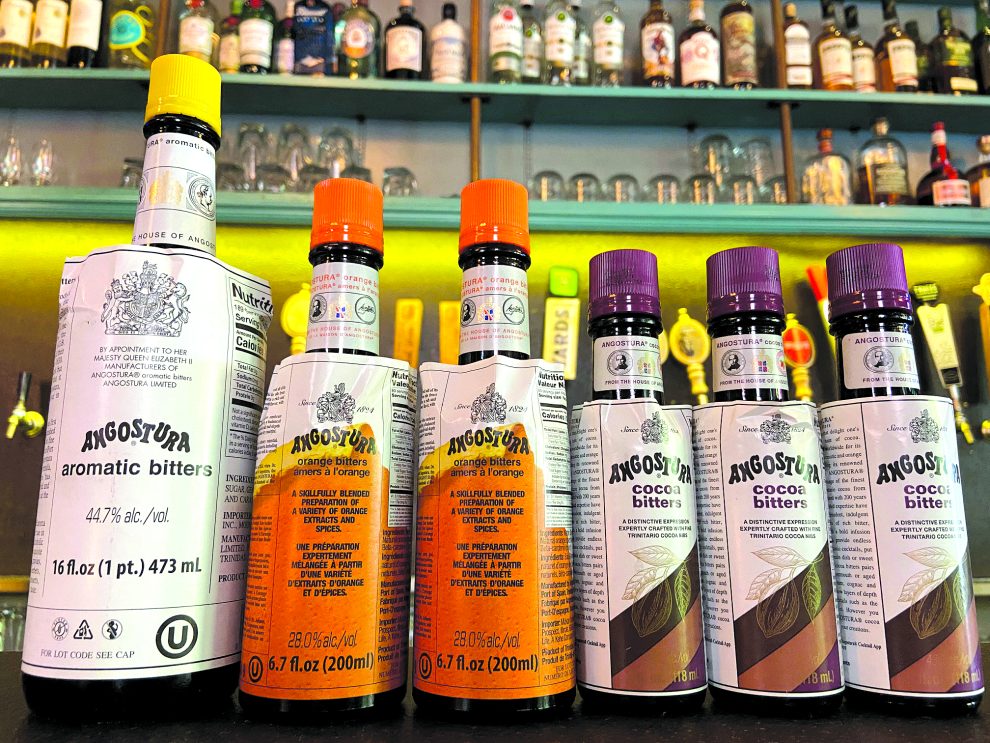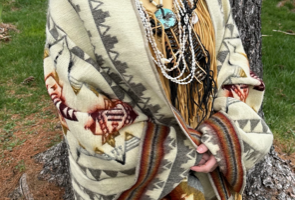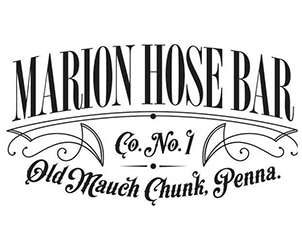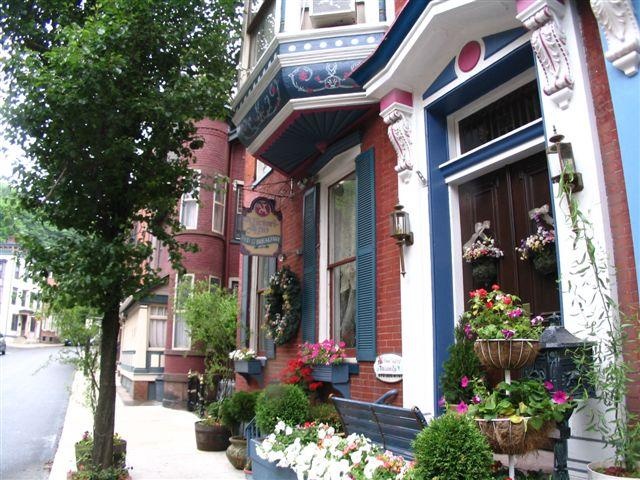By Zachary Snider • Special to The Current
If you have ever ordered an Old Fashioned or a Manhattan and saw the bartender grab a small bottle with an oversized wrapper, you might have wondered what are the dashes of dark liquid finishing your cocktail? Bitters balance and enhance many drinks and even food items. While complex in flavor and deep in history, bitters remain quite simple to make and enjoy.
Bitters come in many different flavor profiles. All bitters are a combination of various herbs, spices, barks and peels. Some use an extensive number of ingredients, and some are simple and can be made easily at home. In either case, these ingredients are added to a high proof alcohol and over time the ingredients infuse into the liquid and produce bitters.
Historically bitters were sold by pharmacists, apothecaries and traveling cure-all advocates. Reportedly bitters could cure stomach ailments and relieve pain in joints and muscles. The herbs and spices might have had some role in relieving the pain, but it’s much more likely the high proof alcohol was doing most of the work. Bitters were considered medicinal and not alcohol, and enjoyed a legal, religious and moral loophole.
Today bitters are used primarily in cocktails – the most famous of these is the Old Fashioned. Considered non-potable, bitters are used in small dashes to bring together flavors and give depth to a drink that would otherwise be flat. With the revival of the cocktail movement, bitters have also seen a comeback and are now found in many different cocktails.
Having regained popularity, the use of bitters started to expand past the bar and into the kitchen. Surprisingly the use of bitters in the kitchen makes sense as the FDA classifies them as a food item, and they are found in many grocery stores. You can use bitters in sauces, on chicken wings and even desserts. Despite the name this versatile ingredient can add flavor that is not necessarily bitter, as it enhances all the different flavors in the food.
The most popular of all bitters is the famous Angostura bitters (no offense Sazerac fans and the lighter Peychaud’s bitters). Claimed as the first commercial bitters, they were formulated by a German doctor in the town of Angostura, now called Ciudad Bolivar, in Venezuela. Eventually moving to Trinidad, these bitters are still produced in the Caribbean. While first used to help digestive problems and sea sickness, they later found their way into cocktails. The formula is still a closely guarded secret now only known to five people.
Making your own bitters can be a great way to experience flavors reserved for high-end cocktails at home. The two main ways of making bitters is to either put all your ingredients into one jar with a high proof clear alcohol, or to make smaller tinctures with one or a few ingredients then mix those tinctures into a finished product. Either method requires ingredients normally found at an herbalist, and a high proof clear alcohol. The herbs used can be from hundreds of different ingredients: birch leaf, licorice root, wormwood, dandelion leaf, fennel seeds, lavender, cinnamon and citrus peels are all possibilities. The high proof alcohol should be something like Everclear, but also 100 proof vodkas can be used. Even high proof rum can be used if the flavor of rum is something you want in your bitters.
Simple to make but deep in complexity, bitters are used much like salt to enhance and balance flavors in drinks and food. Historically medicinal and now categorized as a food item, bitters may not be as popular as they were in the 19th century, but they are making a 21st century push. Often, when making a new cocktail and it feels like it needs a little something extra, a dash of Angostura is the first thing I try.
Zachary Snider is from Philadelphia and currently lives in The Heights of Jim Thorpe. Zach tends bar at Marion Hose Bar located at 16 W. Broadway in Jim Thorpe.
For more visit www.marionhosebar.com



























Add Comment